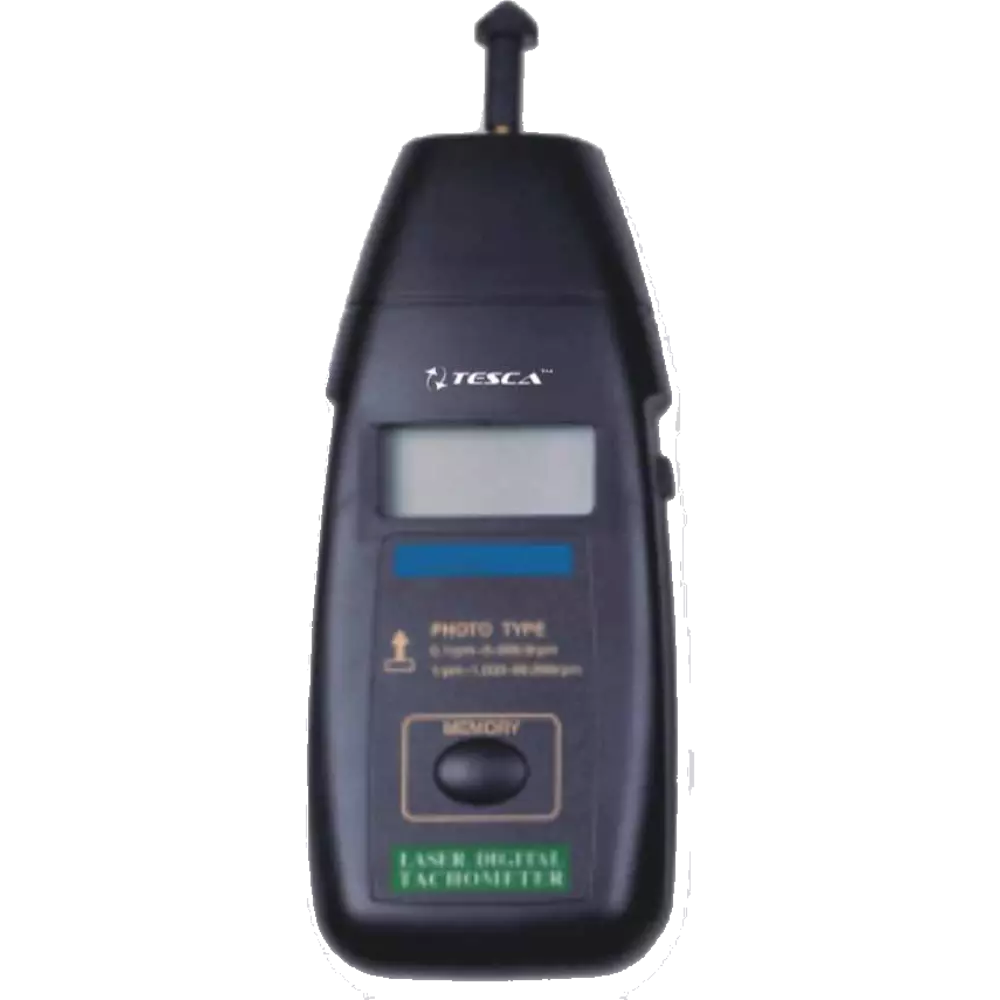Just How a Tachometer Aids Monitor Engine Health And Wellness and Efficiency
Just How a Tachometer Aids Monitor Engine Health And Wellness and Efficiency
Blog Article
The Relevance of a Tachometer in Monitoring Engine Speed and Performance in Automotive Applications
In the realm of automotive design, the tachometer stands as a crucial instrument in the motorist's collection, supplying a straight home window right into the internal functions of a car's engine. Beyond its feature as a simple gauge of transformations per min (RPM), the tachometer functions as an important device for lovers and specialists alike, supplying real-time insights right into engine efficiency and health. Understanding the significance of this gadget surpasses surface-level observations, diving into the complex connection between engine speed, power outcome, and general driving experience. As we discover the complex role of the tachometer in automotive applications, a deeper admiration for its impact on lorry characteristics and efficiency begins to emerge.
Significance of Monitoring Engine RPM
Checking engine RPM, or revolutions per minute, is a critical facet of automotive upkeep and efficiency analysis. Engine RPM straight correlates with the speed at which the engine's crankshaft rotates, showing how swiftly the engine is running - tachometer. By monitoring RPM, auto mechanics can evaluate the health of the engine, discover prospective issues, and fine-tune performance. An unusual RPM analysis might signify problems such as engine misfires, damaged ignition system, or issues with the gas delivery system. Continually high RPM readings could suggest aggressive driving practices or the need for a higher equipment shift to enhance fuel performance.
Additionally, keeping track of engine RPM is important for performance evaluation in auto racing and high-performance vehicles. In summary, keeping an eye on engine RPM is not only essential for spotting concerns but likewise for maximizing engine efficiency in different vehicle applications.

Benefits of Real-Time Data
In auto applications, real-time data plays a critical duty in offering instantaneous insights right into the performance and condition of the lorry. By continuously keeping track of different criteria such as engine speed, temperature level, gas usage, and extra, real-time data offers various benefits that add to enhanced effectiveness and security when traveling.
Furthermore, real-time information promotes efficiency optimization by giving prompt comments on driving routines and engine effectiveness. Motorists can readjust their habits in real-time based on this details to accomplish much better fuel economy and prolong the lifespan of their car.

Additionally, real-time information plays a vital duty in modern automotive diagnostics, enabling professionals to rapidly detect and address breakdowns. This causes reduced downtime, lower maintenance expenses, and eventually, boosted total car integrity and durability (tachometer). By harnessing the power of real-time information, automobile stakeholders can make educated decisions that positively affect both the performance and longevity of the automobile
Influence on Gear Shifts
The tachometer plays an important role in enhancing gear changes by supplying real-time engine rate information to the vehicle driver. When approaching the redline on the tachometer, it signifies the motorist to upshift to avoid over-revving the engine and triggering potential damages.
Additionally, the tachometer help in accomplishing smoother gear changes, especially in manual transmissions. By keeping an eye on engine speed, chauffeurs can execute equipment shifts at the optimal RPM range, decreasing snagging motions and lessening endure the transmission elements. This precision on duty adjustments not just enhances driving comfort yet also adds to sustain efficiency.
Enhancing Gas Effectiveness
Provided the vital role the tachometer plays in optimizing equipment shifts for performance and engine health, it directly contributes to optimizing gas effectiveness in vehicle applications. By providing real-time feedback on engine rate, the tachometer assists vehicle drivers in maintaining one of the most efficient RPM array for gas economic situation. When chauffeurs continually check the tachometer and readjust their driving practices as necessary, they can stay like this clear of unneeded gas consumption triggered by over-revving or carrying the engine.
Additionally, the tachometer helps drivers identify the most fuel-efficient equipment to be in at any kind of given moment, avoiding the engine from working more difficult than necessary. This is especially vital throughout acceleration and cruising, where remaining in the ideal gear can substantially influence fuel efficiency. Furthermore, the tachometer can alert motorists to prospective mechanical problems that can be negatively affecting gas economic situation, such as a slipping clutch or a clogged air filter. To conclude, their explanation the tachometer functions as an important device in enhancing fuel efficiency by advertising optimal driving behaviors and determining locations for renovation in the vehicle's efficiency.

Taking Full Advantage Of Engine Durability
The tachometer's duty in keeping track of engine speed and efficiency contributes in guaranteeing the long life of vehicle engines. By utilizing the tachometer properly, vehicle drivers can maximize engine long life through conscious RPM monitoring. Regularly revving an engine too expensive can lead to extreme deterioration on crucial elements, such as the pistons, valves, and bearings. Over time, this can result in reduced engine performance and possible malfunctions. Checking the tachometer enables motorists to remain within the suggested RPM range for their vehicle, stopping unnecessary stress on the engine and extending its life-span.

Final Thought
Finally, the tachometer plays an essential function in checking engine rate and performance in automotive applications. By supplying real-time information on RPM, it permits efficient gear changes, boosted fuel performance, and taken full advantage of engine longevity. This tool is necessary for keeping optimal engine performance and guaranteeing the overall performance of i was reading this a car.
Report this page